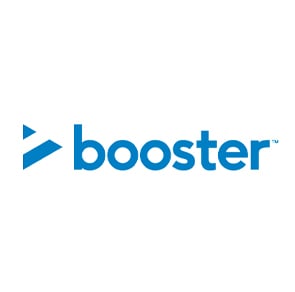Responsible investing is an evolving space and its prominence is becoming more evident today than ever before.
The current state of technology has made information easily available at virtually no cost. It is easier to demand that companies in the marketplace make better disclosures so that you can make more informed decisions.
There are also several demographic changes playing out. The ageing of western society and the rapid growth of emerging economies are coming to an interesting inflexion point. Also, we should not forget rising income inequality, protectionism and climate change.
This eclectic set of events each presents a unique set of challenges to the economic environment that determines a return on investment. It is worth understanding the various approaches that the financial industry takes to tackle these risks along with their advantages and disadvantages.
In a very basic form, there are three main approaches that can be taken. The first two involve implementing a filter on a list of investments and these can be either positive or negative. The third is integration, which looks at a company’s non-financial disclosures to help guide investment decisions.
Investment approaches
Negative screening
Negative screening is when you do not invest in certain companies. For example, you could choose not to invest in companies that make controversial weapons or in those who engage in the extraction or distribution of fossil fuels. This is an easy screen to implement and if implemented on a mass-scale, it is effective in communicating to the excluded industry that there is a level of public concern.
Positive screening
Positive screening is similar to negative screening but starts at the opposite end. Here you would choose to invest in companies who are the best in their industry. So, you might invest in renewable energy because it has low carbon emissions or in a company who has a robust board of directors which improves the governance of the company.
Integration
The third approach that is gaining traction among investors is integration. This makes the most of the non-financial disclosures from companies. These disclosures contain information regarding how well the company performs on certain Environmental, Social and Governance criteria and is known as ESG. This can be combined with traditional financial analysis to make informed investment decisions. The result is a spectrum which can lead to various subtle outcomes.
Responsible investing toolkit — Integration in application
Here’s a hypothetical portfolio of stocks. The horizontal axis indicates an ESG rating from zero to 100. The vertical axis indicates a financial rating from zero to 100.
We can see four extremes that are marked in each corner – Invest, Engage/Divest, Reduce, Avoid.
Invest - the upper right signifies the best companies across both financial strength and ESG.
Engage/Divest - the upper left are companies who present some ESG risk but have strong financials. These are companies whose behaviour you would ideally want to change for the better. In case they are unable to change, then the next best resort would be not to hold them at all in your portfolio.
Reduce - the lower right has companies that are strong on ESG but have some financial risk. You might still want to invest there, albeit at a lower portfolio weight.
Avoid - anything that falls in the lower left is the worst of both worlds and should be avoided.
A change for the future
Positive screening is a “do” approach which invests in companies that do better than their peers in whatever screen is applied. A negative screen is a “do not” approach and does not invest in companies who engage in activities which might be considered undesirable.
Each of these approaches have their own advantages and disadvantages. Using a screen can be simple but precludes the possibility of engagement. On the other hand, ESG integration is more of an effort but can lead to more change in the system.

